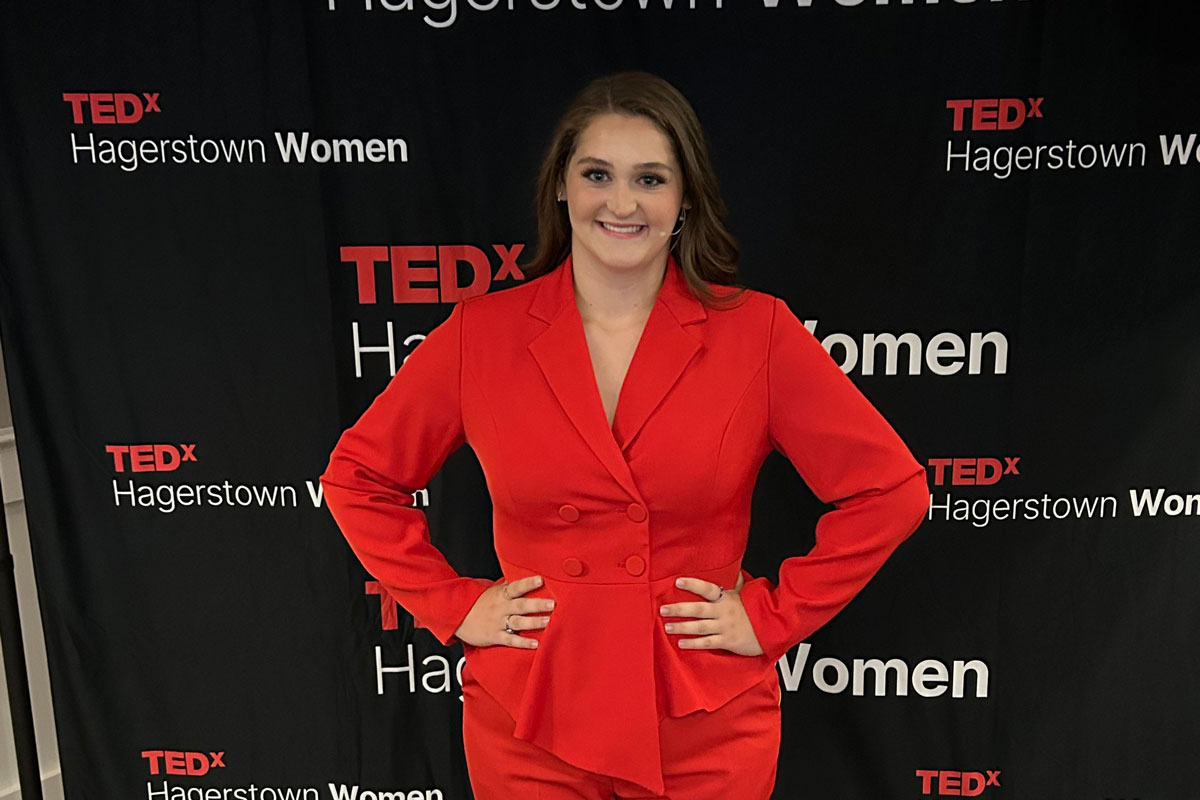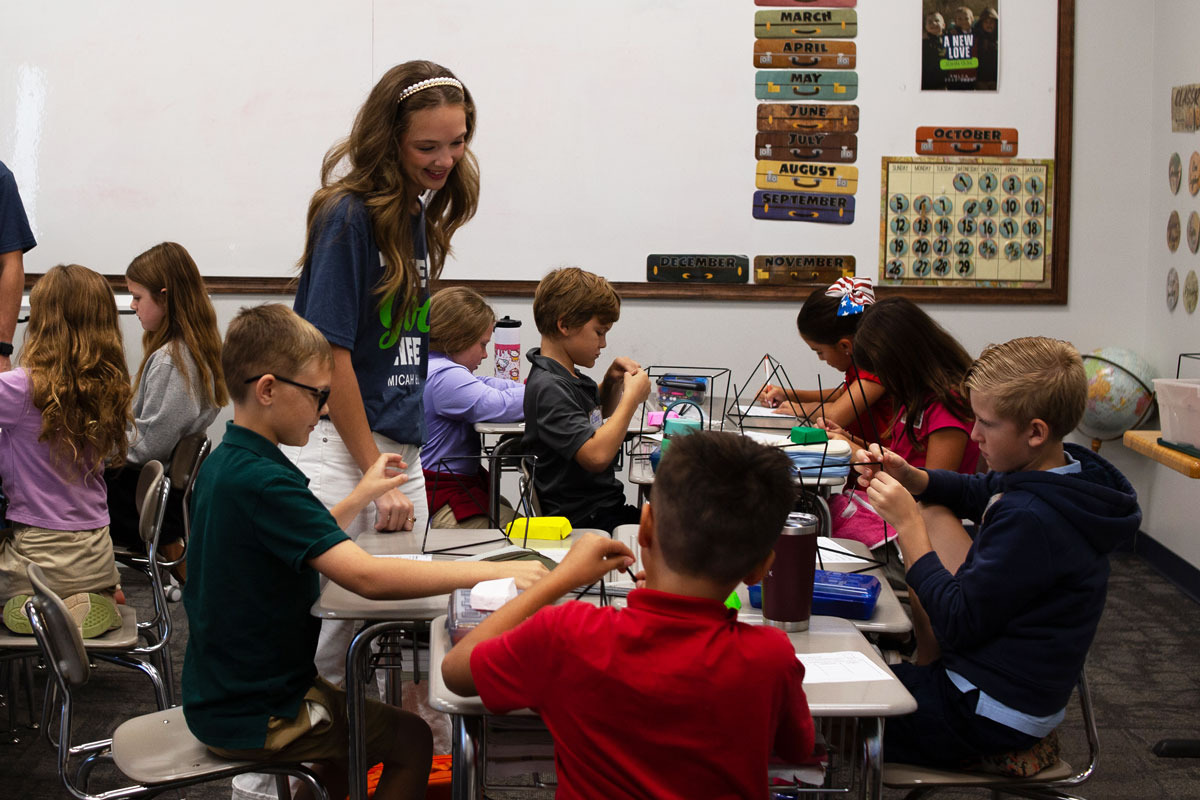Simulation events help develop nursing skills, inform faculty practices
November 14, 2025 : By Ryan Klinker - Office of Communications & Public Engagement
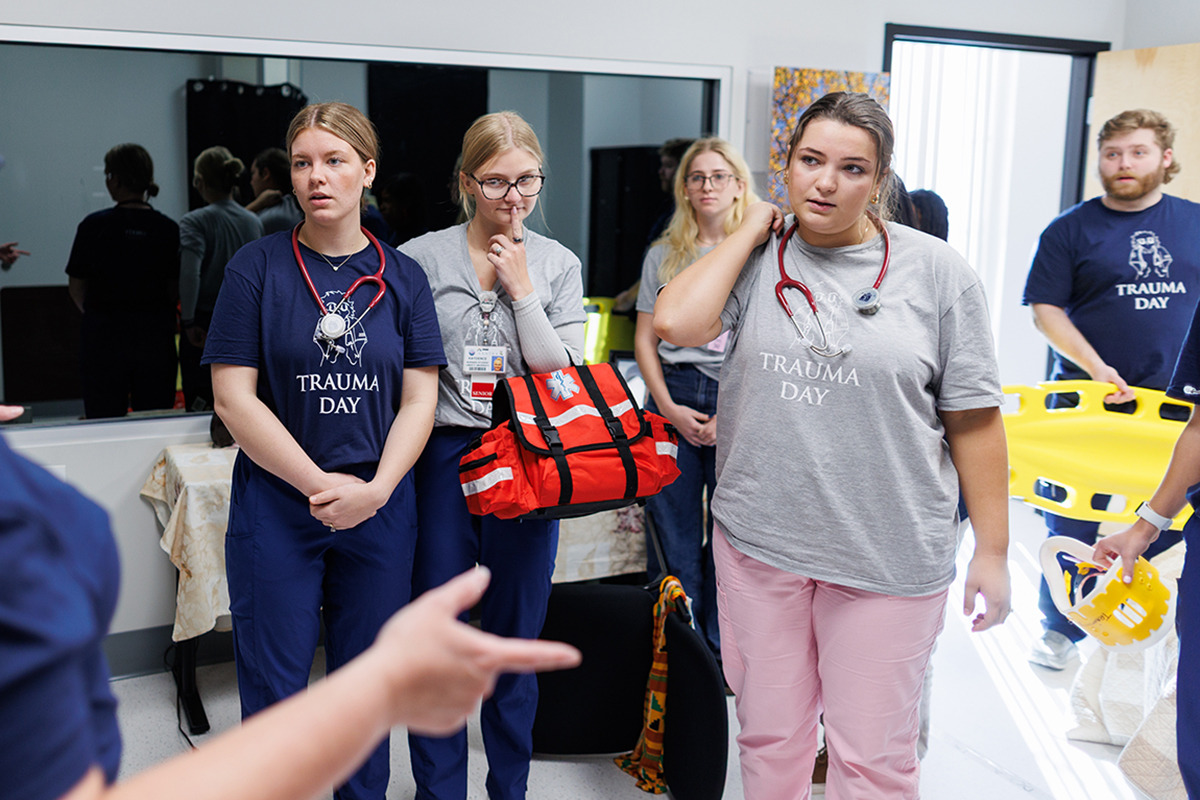
Liberty University’s School of Nursing regularly gives students the opportunity to learn by experience and put knowledge into practice through simulation. This fall, in addition to multiple lessons at LUSON’s state-of-the-art simulation lab throughout the semester, the Simulation Center team and several course leads organized simulation events on campus to help facilitate practical growth at Liberty.
In order to help students in a community nursing course better understand the obstacles experienced by the underserved communities they may serve in their careers, a poverty simulation was held in the Montview Student Union, Alumni Ballroom on Oct. 6, recreating the core resources of a town — hospital, bank, grocery store, church, and more — and having “families” of students try to support themselves despite limited income and assigned life circumstances. In addition to the 90 nursing students who participated, other students from Liberty’s social work, criminal justice, and John W. Rawlings School of Divinity programs worked at the respective tables as a homeless shelter, law enforcement, and a church.
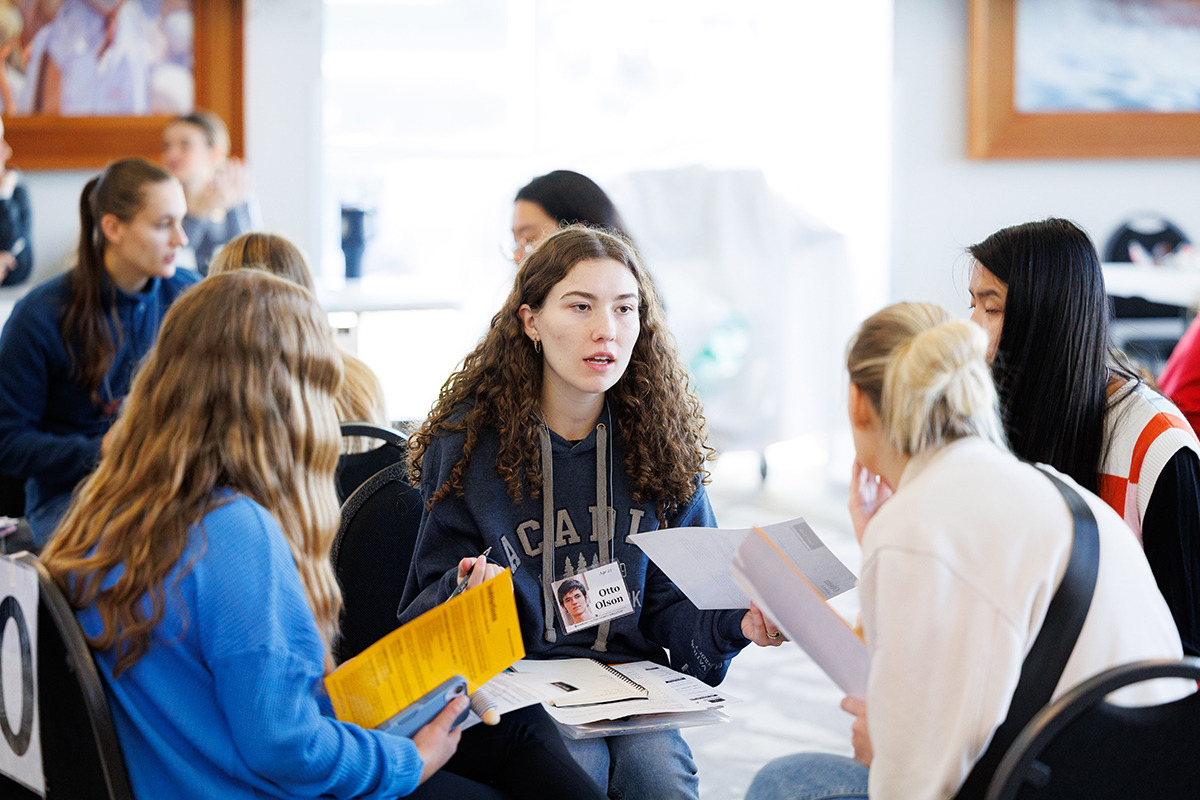
“What we’re trying to do is not just to help them to realize what resources are available for their patients out there, but how we can better support that population,” Executive Director of Simulation for LUSON Lisa Foote said. “It does help to build empathy and understanding for this population. We always say that anyone is one crisis away from being in this population, and so this is helping the students to understand that. It helps to build that empathy and that understanding students need as nurses.”
“Some of the feedback from the students is that they wish everybody at Liberty University could experience it, not just nursing students,” she added.
The School of Nursing also hosted a Trauma Day on Nov. 6. The event is held every semester for seniors in the three certification courses the school offers: medical-surgical, critical care, and maternal newborn nursing. While every nursing student receives Basic Life Support CPR training, these electives allow them to earn further advanced certifications. Foote kept the exact “event” of the day a secret from students but said it involves a combination of high-fidelity manikins (that have the ability to mimic human body functions at a very high level) and standardized patients (an individual trained to portray a patient with a specific condition in a realistic and repeatable way) in a scenario that involves a trauma response.
Trauma Day was originally created as an intraprofessional event, joining students from the three certification courses to inform the scenario with what they’d learned, but Foote eventually expanded it into an interprofessional model that invited students from other areas of the university — criminal justice, social work, and chaplaincy — to perform their occupational roles in the situation. This semester’s Trauma Day involved 20 nursing students, eight criminal justice students, eight social work students, and two chaplaincy students.
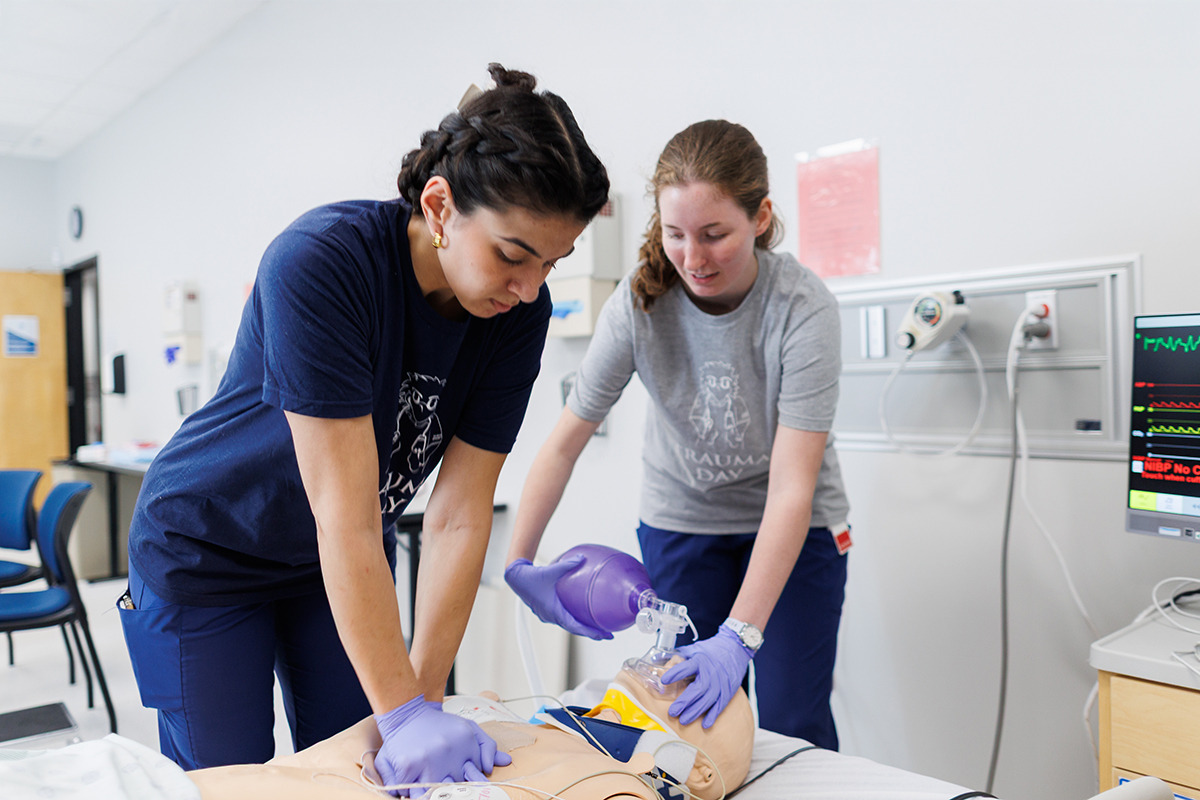
“We brought them in where it was appropriate, and it has been phenomenal,” she said. “Interprofessional education is learning about, with, and from each other, and the students get to recognize how it takes a team to improve that quality of care for patients. When they graduate, they’ll have already experienced this interprofessional relationship and learned from it.”
Foote said the desire for collaboration extends to the faculty and staff of LUSON’s simulation lab, which is why they hosted a professional development workshop with other “simulationists” and educators from nearby healthcare schools within and beyond Liberty on Wednesday morning. A collection of 60 participants from LUSON, Liberty University College of Osteopathic Medicine, Liberty’s respiratory therapy program. Centra College, Centra Health, Centra Medical, SOVAH Healthcare, University of Lynchburg, and Bryant Stratton attended the gathering in LUSON’s main lab.
“We went over the different components of running simulation, including making sure that centers providing simulation are meeting the standards of simulation to meet accreditor and state regulations,” Foote said. “We also got to have some breakout sessions. It was networking, hearing about each other, validating what we’re doing, and learning from each other.”
The event was facilitated by Innovations in Simulation, a team based out of Centra Health that leads networking workshops regarding simulation. Workshop participants were able to receive Continuing Education credits from one of multiple organizations, including the Accreditation Council for Continuing Medical Education, Accreditation Council for Pharmacy Education, and American Nurses Credentialing Center. Visitors also toured Liberty’s simulation center and met with a representative from Laerdal, one of Liberty’s high-fidelity manikin providers.
